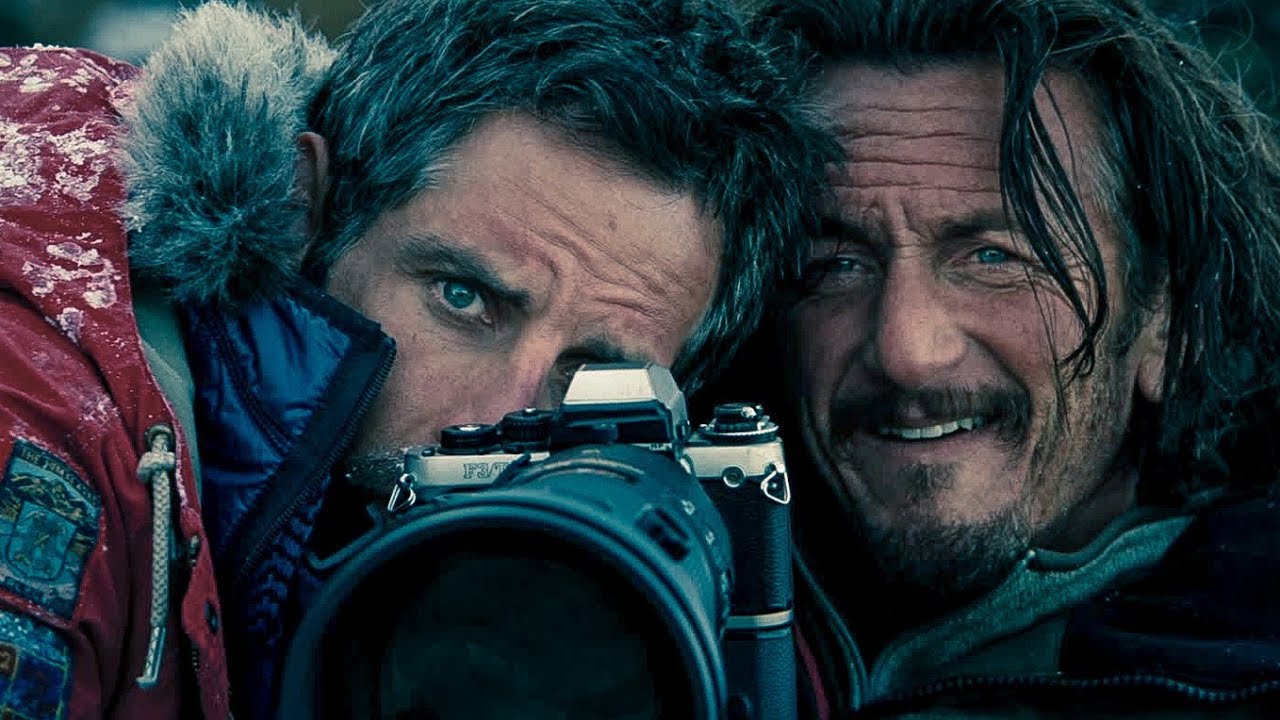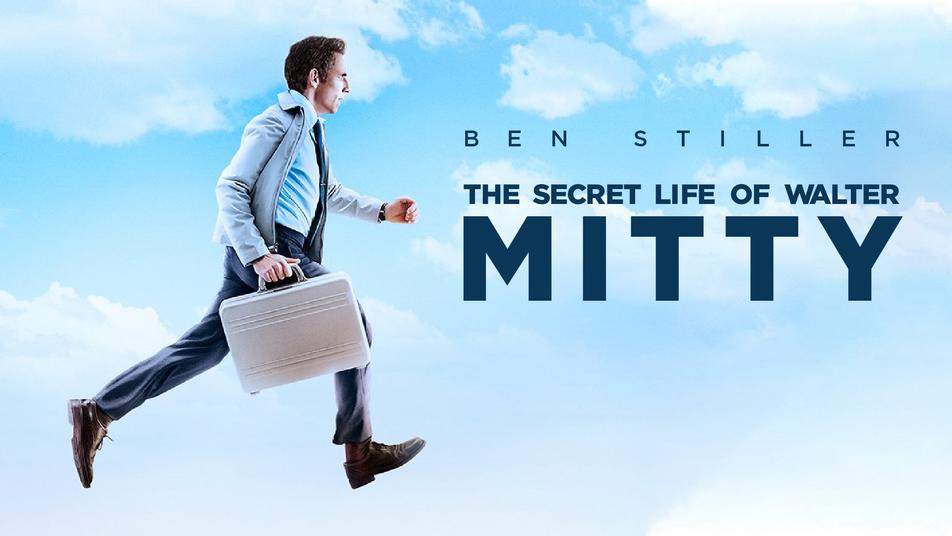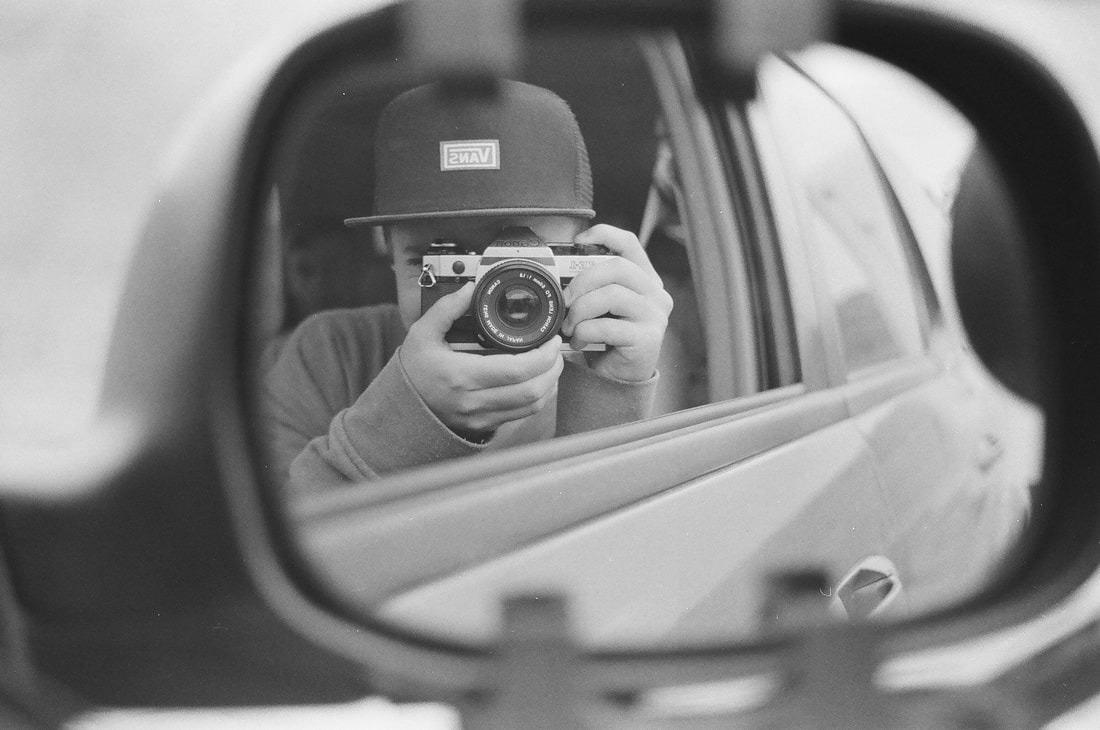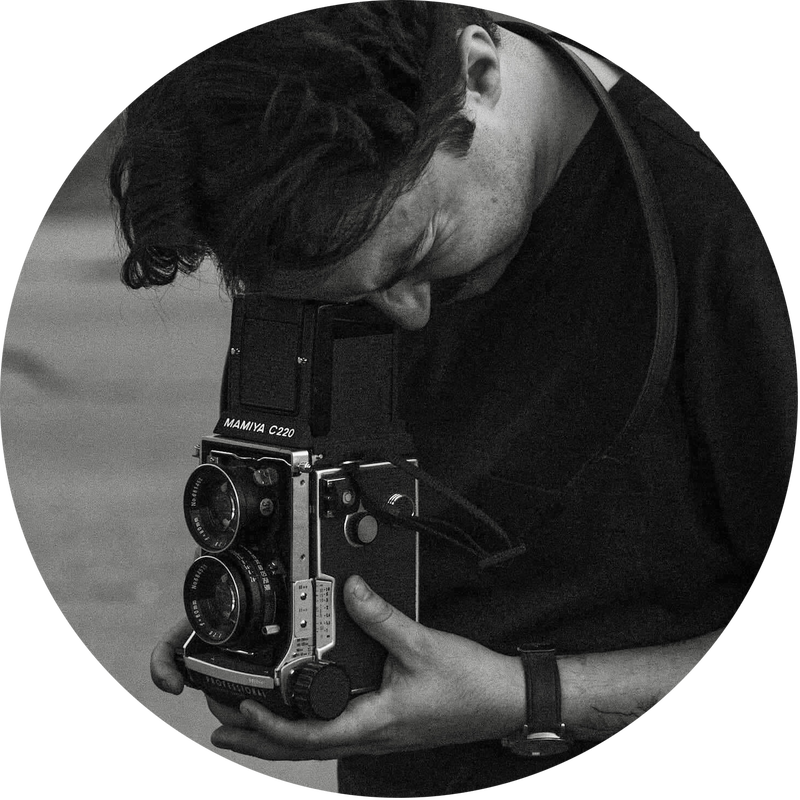WITHIN AND BEHIND THE LENS
with Dallin C. Wilks
with Dallin C. Wilks
ARCHIVES
August 2023
May 2023
October 2022
September 2022
June 2022
April 2022
January 2022
December 2021
November 2021
October 2021
September 2021
August 2021
May 2021
December 2020
November 2020
September 2020
January 2020
December 2019
September 2019
April 2019
March 2019
January 2019
October 2018
August 2018
April 2018
February 2018
December 2017
November 2017



